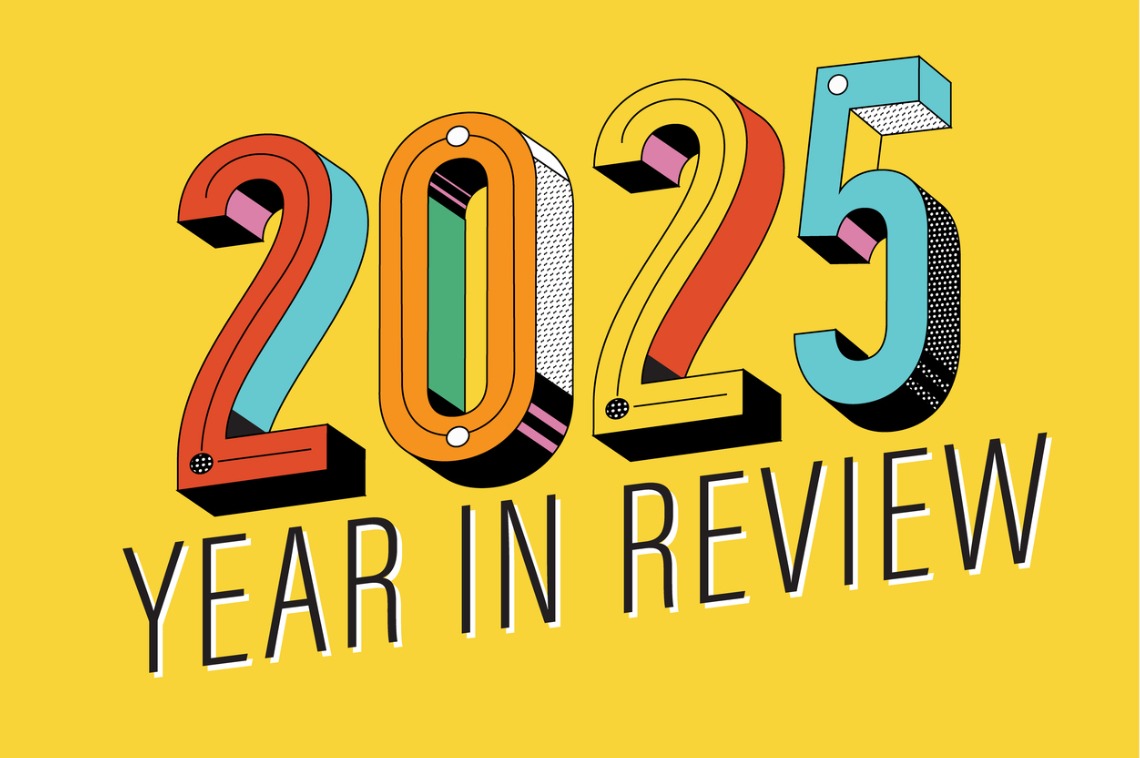F
irst‑time homebuyers now represent only 21 % of the market, the lowest share since the NAR began tracking data, and the average age of those buying their first home has risen to 40 years from 38. This trend signals a threat to the middle class, the broader economy, and the American Dream. With homeowners holding 43 times the wealth of renters, the narrowing path to ownership erodes upward mobility. A delay of a decade in buying a home can cost a typical starter‑home buyer about $150 k in lost equity, says NAR’s Shannon McGahn.
NAR’s advocacy focuses on affordability. The organization calls for policies that encourage owners to sell, repurpose vacant properties, remove zoning and permitting hurdles, and adopt faster, cheaper construction methods. For years, NAR has pushed bipartisan legislation to expand ownership access, spur new housing, and unlock supply. In its latest report, the NAR Advocacy Group released a set of federal, state, and local solutions:
* Federal incentives for states and municipalities to reform zoning, permitting, and other development barriers.
* Tax credits to help buyers save for down payments and closing costs.
* Down‑payment assistance for first‑time and first‑generation borrowers.
* Shared‑equity lending and assumable mortgages.
* Credit‑scoring reforms and lower loan‑level price adjustments (LLPAs).
* Enhancements to FHA, USDA, and VA loan programs.
* Stronger fair‑housing and fair‑lending enforcement.
* Voluntary home‑ownership education and counseling.
Legislative priorities include the ROAD to Housing Act, a comprehensive federal response to housing barriers; the More Homes on the Market Act (H.R. 1340), which would reduce the equity penalty by increasing the tax exemption on gains from home sales; the Uplifting First‑Time Homebuyers Act (H.R. 3526), allowing penalty‑free IRA withdrawals for down payments; and the Housing Supply Framework Act (H.R. 2840/S. 1299), establishing a national strategy to boost production and affordability.
At the state and local level, 67 % of REALTOR® associations rank housing availability, affordability, and zoning reform as top priorities for 2025. NAR supports these efforts through grants that empower associations to lobby elected officials and back ballot measures favoring affordable housing. The organization also partnered with the National League of Cities and the American Planning Association to publish the Housing Supply Accelerator Playbook, a guide for local governments to increase housing stock.
McGahn stresses that young people must see a realistic path to homeownership, and sensible government policies are essential to make that possible. Addressing affordability benefits the economy, strengthens communities, and offers individuals a secure financial future.














